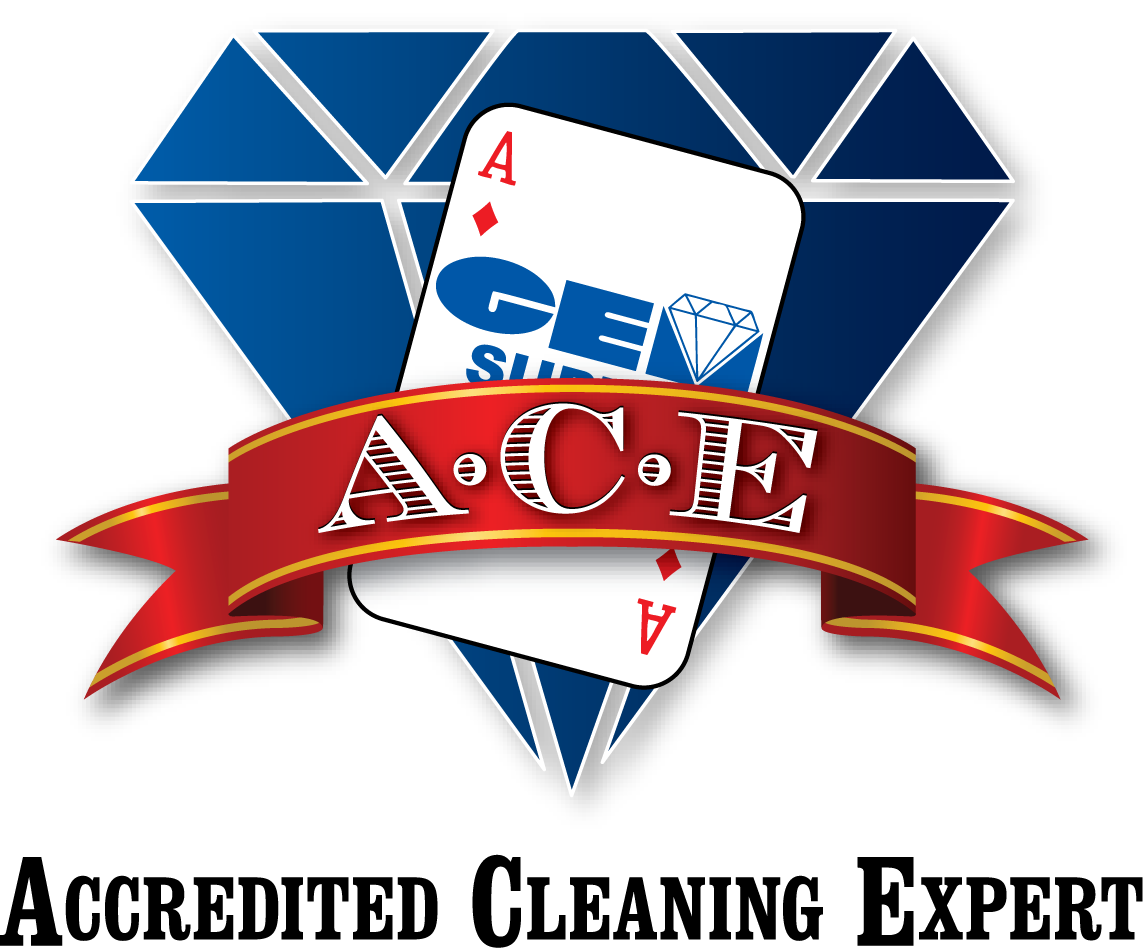Top Five Things To Consider In Infection Control, by Richard DiPaolo
Top Five Things To Consider In Infection Control
Are you looking in the right places to prevent disease outbreaks in your facility?
This type of cleaning is universally understood by in-house cleaning departments and building service contractors (BSCs) as strategically identifying areas in a facility that building occupants often “touch” the most, including door knobs, faucets, levers and handles.
While targeting these areas with disinfection processes is a sound practice, cleaners, facility managers and BSCs should realize that more should be involved with hot spot cleaning.
Here are five things we have identified to consider:
- See colors with updated equipment. Color-coding equipment, cleaning tools and information is nothing new to the professional cleaning market. Color-coded tools can help workers easily identify where and how to use products and equipment. Red, for instance, is universally used for disinfection or cleaning high-risk areas. Implementing a color-coded system with modern cleaning equipment, such as microfiber cloths, can help all workers, even those with language barriers, from spreading infection from one area to another.
- Develop a system to keep dirt, bacteria and germs out of the facility. Especially in an era where doing more with less is the workplace mantra, you must continually assure sick workers and building occupants that it is ideal and in everyone’s best interest for these workers to stay home and heal when sick. In addition, a high performance matting system that consists of 15 feet of matting inside and outside the facility is an effective way to enhance your infection control strategies.
- Focus on the floor and other hot spots. Ask people outside this industry where a facility’s most contaminated spots are and many will mention the toilet, urinal or garbage areas. And, while these areas can in fact harbor disease-causing microorganisms, our research shows that cell phones, keyboards, computer mice and desks are in the running to top that list as well. The floor can also be a key contributor to cross-contamination. One would be surprised to learn how many times people have direct and indirect contact with a floor that can continue the chain of cross-contamination.
- Use signage and effective hand-washing steps. The Centers for Disease Control and Prevention (CDC) still cites effective hand-washing as the number one defense against cross-contamination. Use proper hand-washing techniques, train workers in this area and post signage for building occupants to follow while in wash areas. “A proper hand-washing protocol is necessary to be followed in every location in a facility,” notes Felicia Roy trade advisor for Cascades Tissue Group. “Some obstacles can keep employees from adopting proper hand-washing habits; [for example,] tools are unavailable or inconveniently located; no clear signage or reinforcement exist; the schedule includes high turnover rates; [and] health risks are not understood or recognized by employees due to lack of education. A lot of obstacles can, therefore, be simply addressed by employers.”
- Train workers. Our industry has evolved from simply mops, buckets and brooms and, as a result, cleaning workers’ level of education and technical know-how needs to keep pace. There are many training options available in the industry to invest in. Effective cleaning and advanced equipment and products teamed with educated workers will help to lower your facility’s infection risk.
“And, consider the use of newer or more advanced cleaning technologies that are proving to be more effective at removing germs and bacteria from surfaces that can harm human health,” adds John Richter, technical director for Kaivac Inc. “For instance, floor care studies by Dr. Jay Glasel concluded that ‘spray-and-vac’ [no-touch] cleaning methods were 60 times more effective at removing contaminants from floors than traditional or microfiber mops.”*
* Cleaning Methods for Ceramic Tile Floors, published on “Controlled Environments,” April 2008.
![]()

